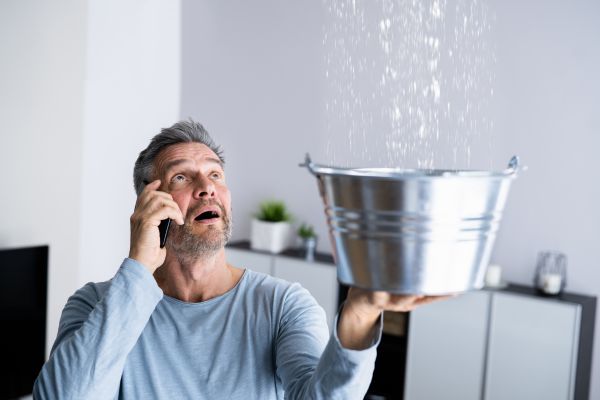Water leaks are among the most common and costly problems homeowners face, often going unnoticed until significant damage occurs. Detecting water leaks in your home early can save you from structural issues, mold growth, and skyrocketing utility bills. Understanding how to spot the signs and what to do about them is essential for protecting your property and peace of mind.
The Hidden Dangers of Undetected Water Leaks
Many homeowners underestimate the impact of undetected water leaks. Even a small drip can waste hundreds of gallons over time, leading to unexpected spikes in your water bill. Beyond financial implications, water leaks can weaken foundations, rot wooden structures, and promote the growth of harmful mold and mildew. These hidden dangers can turn a minor issue into a major repair project if left unchecked.
Detecting water leaks in your home early helps avoid these escalating problems. Whether it’s a slow, silent leak behind a wall or a visible puddle under the sink, recognizing the warning signs is your first line of defense.
Common Signs of Water Leaks in Your Home
One of the most obvious indicators of a water leak is an unexplained increase in your water bill. If your usage habits haven’t changed but your bill has, there could be water escaping somewhere in your plumbing system. Additionally, damp spots on walls, ceilings, or floors often point to a hidden leak. You might notice paint or wallpaper starting to bubble or peel, signaling moisture trapped underneath.
Unusual sounds can also offer clues. If you hear dripping, hissing, or running water when all taps and appliances are turned off, it’s worth investigating further. A musty or earthy smell in certain areas of your home can indicate water accumulation and possible mold growth, both of which require prompt attention.
Areas of the Home Prone to Leaks
Certain areas in your home are more susceptible to leaks due to the concentration of plumbing and water usage. Bathrooms and kitchens are prime spots, where fixtures, sinks, and pipes often develop wear and tear over time. Check under sinks for dampness or water stains that might signal a slow leak.
Your laundry room and water heater area also deserve scrutiny. Hoses connected to washing machines can crack or loosen, while aging water heaters may leak from the base. In colder climates, basements and crawl spaces are at higher risk because pipes there can freeze and burst during winter. Even your outdoor areas, including garden hoses and irrigation systems, should not be overlooked, as they can also harbor hidden leaks.
Simple Methods to Detect Water Leaks at Home
While some leaks are easy to spot, others require more effort to uncover. A practical way to check for leaks is by monitoring your water meter. Turn off all water-using appliances and fixtures, then observe the meter. If it continues to move, you likely have a leak somewhere in your system.
Another effective method involves food coloring. Adding a few drops to your toilet tank can reveal a leak if the color appears in the bowl without flushing. Toilets are notorious for silent leaks, often wasting large amounts of water unnoticed.
Pay attention to your water pressure as well. A sudden drop in pressure could mean water is escaping through a damaged pipe. Regularly inspecting exposed pipes for corrosion, rust, or moisture helps in catching issues before they worsen.
When to Call a Professional Plumber
While homeowners can spot some leaks on their own, there are times when professional help is essential. If you suspect a hidden leak behind walls or under floors, a licensed plumber can use advanced tools like thermal imaging and acoustic sensors to pinpoint its location without causing unnecessary damage.
Plumbers also provide comprehensive leak detection services, ensuring that no issue goes unnoticed. Early intervention not only saves you from higher repair costs but also preserves the structural integrity of your home.
Preventative Measures to Avoid Future Leaks
Detecting water leaks in your home is only part of the solution. Preventing them requires regular maintenance and vigilance. Inspect seals around tubs, showers, and sinks to ensure they remain watertight. Replace old or corroded pipes before they become problematic.
Installing smart water leak detectors can offer additional peace of mind. These devices alert you to leaks in real-time, allowing swift action even when you’re away. Regular plumbing inspections by professionals are another proactive step, ensuring your system remains in top condition year after year.
Protecting Your Home Through Vigilance
Water leaks are not just a nuisance—they are a threat to your home’s safety and value. By learning the signs and understanding how to check for leaks, you empower yourself to act before minor issues escalate. Detecting water leaks in your home promptly can save you time, money, and stress while safeguarding your living space.
Staying vigilant, performing regular checks, and seeking expert help when necessary will keep your home dry, safe, and comfortable for years to come.
